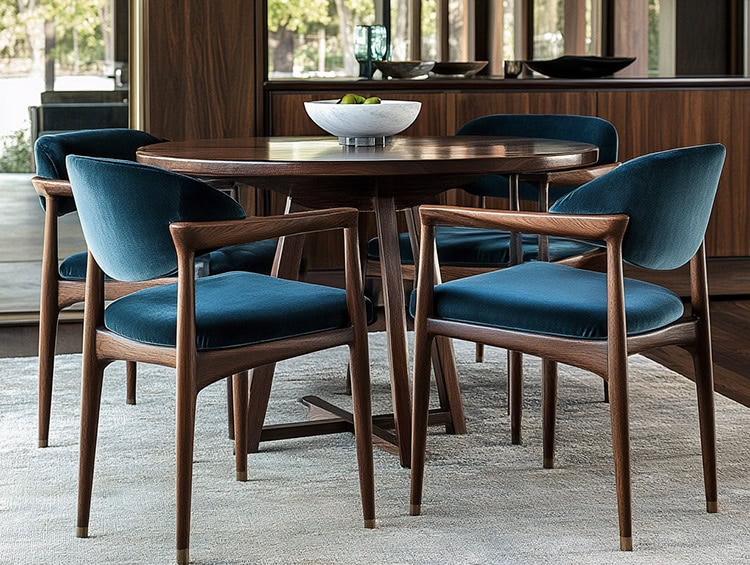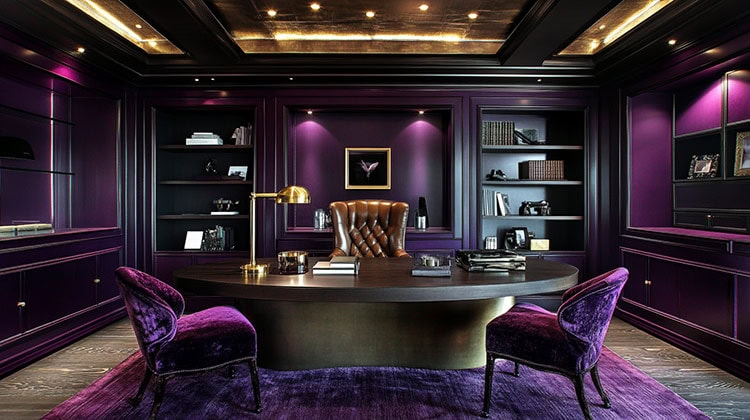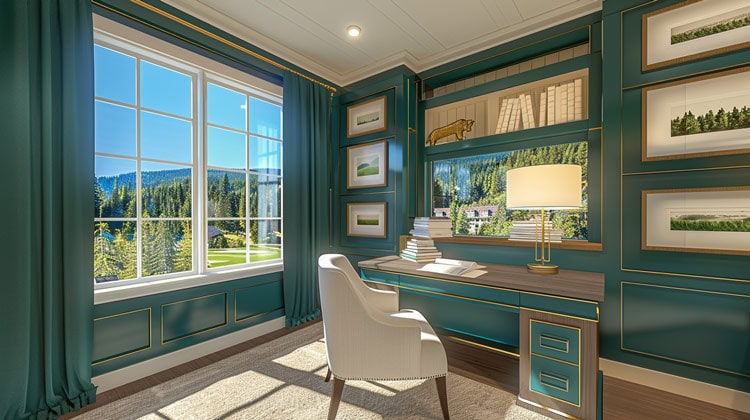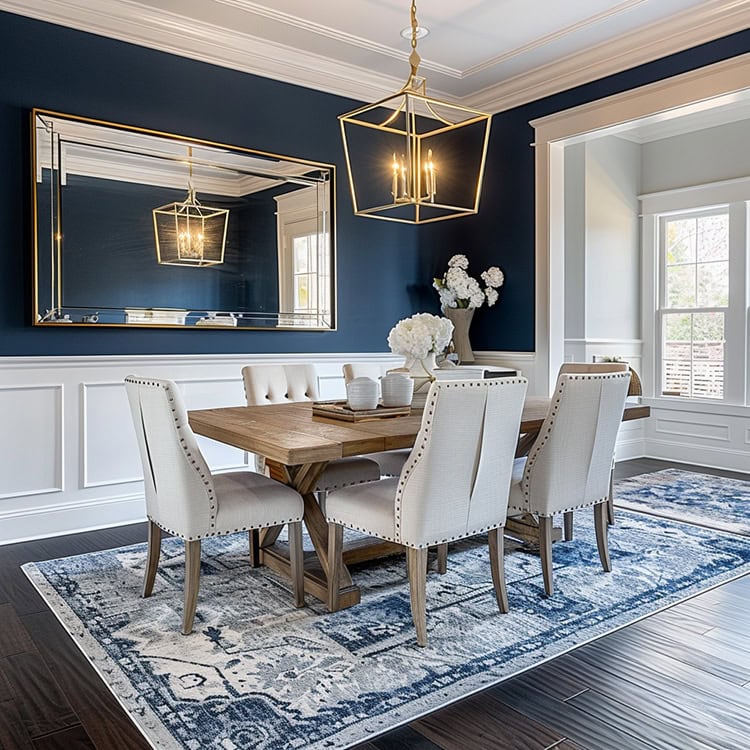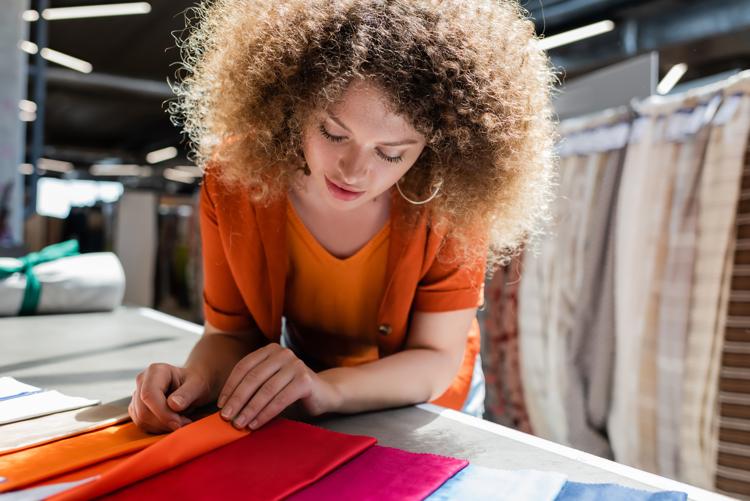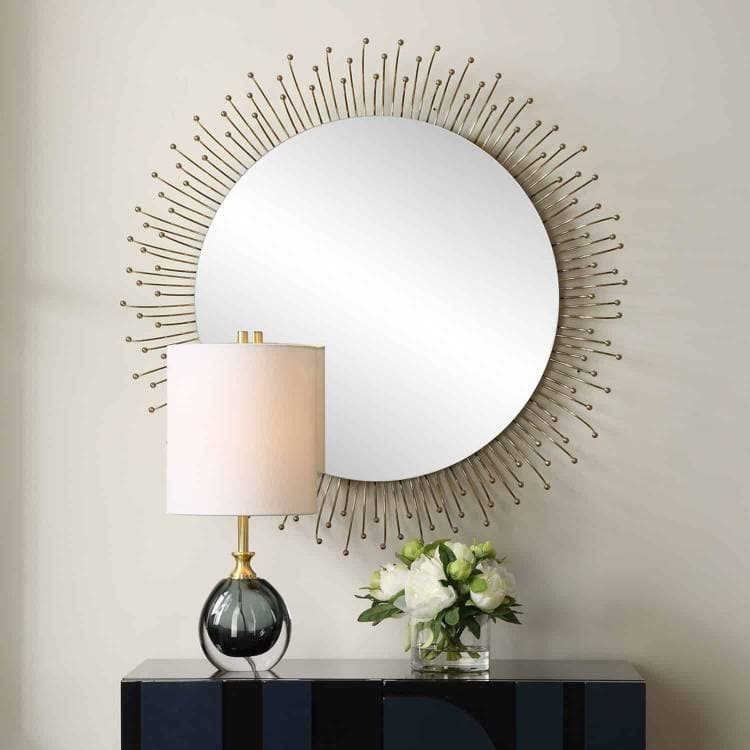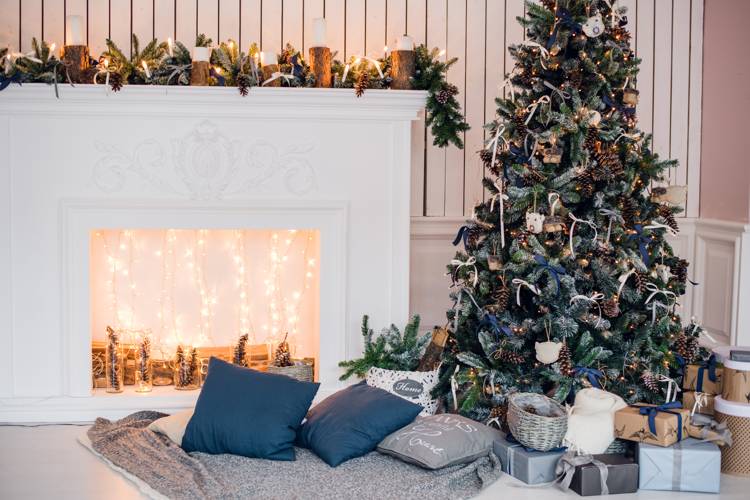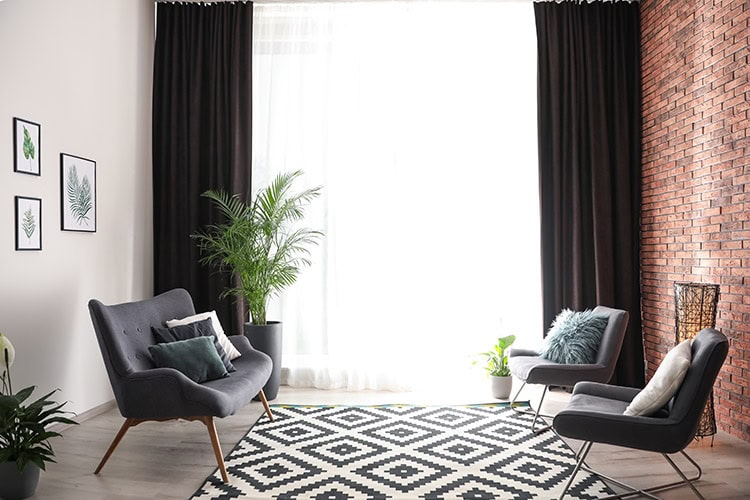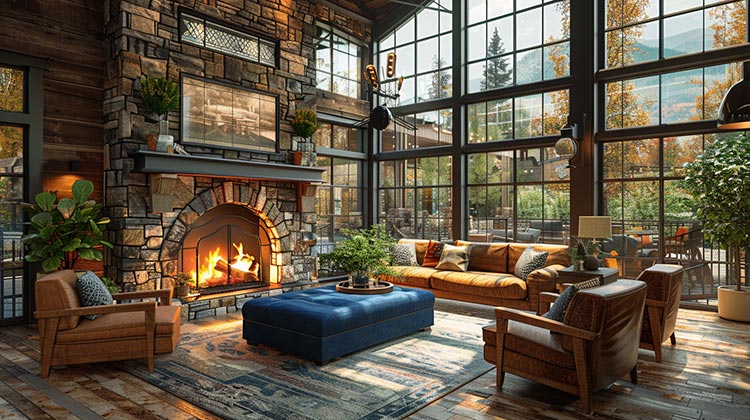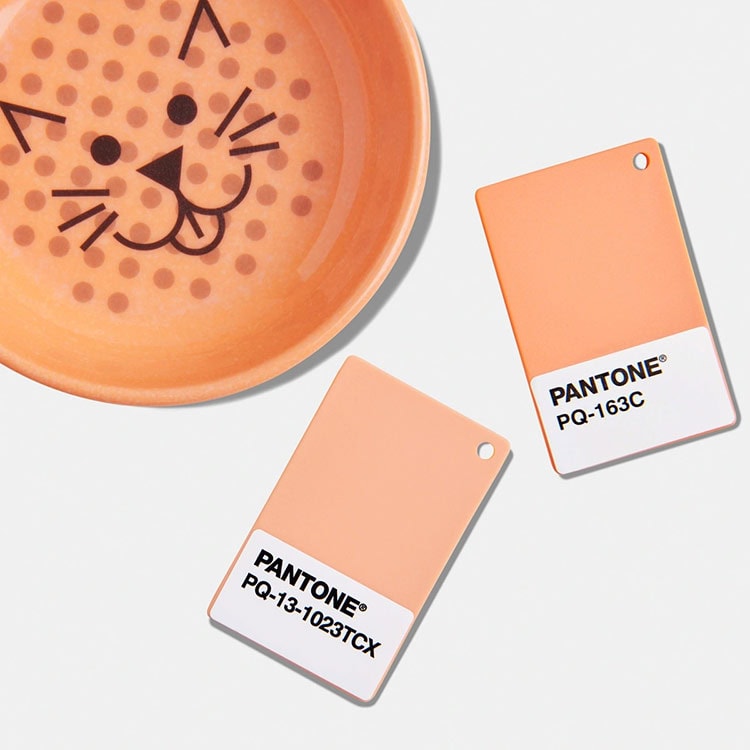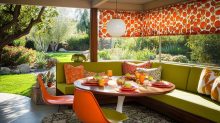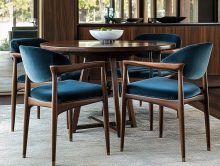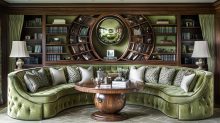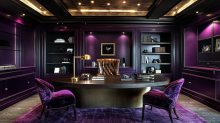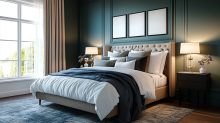Glamourous. Elegant. Modern. Functional. All the things that make Art Deco, Art Deco. But what is this style all about and is it right for your home? Keep reading to find out.
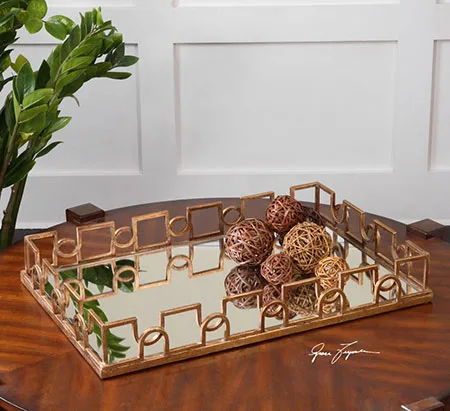
History of the Art Deco Movement
Art Deco (originally called New Moderne) came to be at the Exposition Internationale des Arts Décoratifs et Industriels Modernes in Paris, 1920. The desire to break away from the confines of the more traditional designs of the time resulted in a new, modern movement favoring a more streamlined aesthetic influenced by geometrical shapes and stylized motifs such as chevron, zigzag, and sunburst patterns.
A combination of styles that included both Cubism and Vineese Succession, Art Deco found its footing within the fashion and jewelry industries, paving the way for other industries to follow suit. Eventually, they did and almost anything that could be touched by design was influenced by Art Deco style— fonts, cars, pop culture, buildings, interiors, household appliances, and more.
Although short-lived, Art Deco style made a huge impact— and understandably so. It’s bold yet unpretentious nature is highly attractive and desirable, especially among those who appreciate the beauty it has to offer.
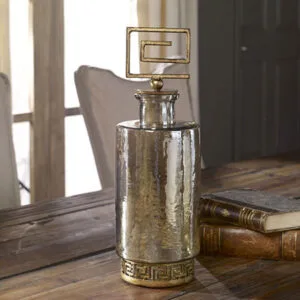
Elements of Art Deco Design Style
When it comes to Art Deco, think bold and sweeping statements of geometry, symmetry, and metallics topped off with a sleek and shiny patina. Very Great Gatsby-esque, if you will. And today’s take on it is updated in a way that is both playful and modern resulting in a style that will take your breath away.
Some elements of Art Deco design style that make it unique include:
- Geometric and angular forms
- Exotic materials
- Mirrored accents
- Sleek lines
- Wood furniture with chrome hardware
Honing a Cohesive Interior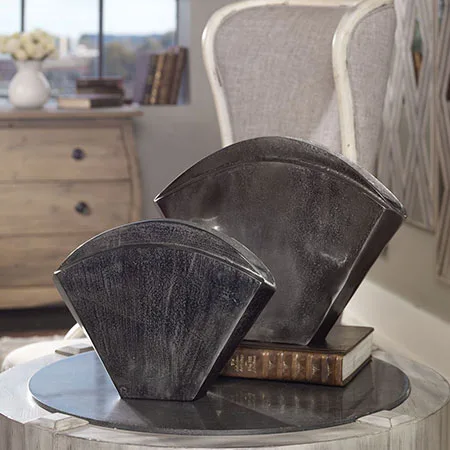
Art Deco design style is all about mood, so lighting will play a big part in the design. The interior will have layered lighting made of glass and chrome. Tiffany-style glass is also often found within the space.
Natural and geometric themes feature heavily in Art Deco interior design ideas. In fact, strong geometric shapes are a trademark of this style, which means it is used in many ways. Surfaces are sleek and furniture is frequently lacquered. Floors range from black and white checkered tile to marble or glossy hardwood, accented with a rug decked out in a geometric design.
Accessories consist of geometric mirrors, vintage ceramic vases, Art Deco posters, and floral displays of peacock feathers and exotic flowers. Fabrics will be beautifully lush, and the space as a whole will pride itself on being symmetrical. Themes that may be present are nudes, sunbursts, stylized animals, jagged edges, trapezoids or leaves, branches, and feathers.
To get the look: Make the mixed-material look obvious by layering in some chrome, stainless steel, or wood. Incorporate rich fabrics like silk, velvet, and leather. When it comes to lighting, choose lamps and fixtures that are streamlined with clean lines.
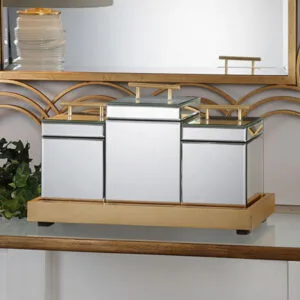 Pairing Connected Furniture With Style
Pairing Connected Furniture With Style
Art Deco furniture is sleek yet comfortable, elegantly curved, and often lacquered. When wood furniture is present, it will most likely be made from walnut, maple, teak, rosewood, or zebrawood. Pieces tend to be of large scale. Upscale upholstery will even be mixed with materials such as chrome, stainless steel, glass, and vinyl.
To get the look: Stick with clean and simple forms that are accented with materials such as exotic wood pieces, chrome, or mirrored elements.
The Ultimate Choice of Colors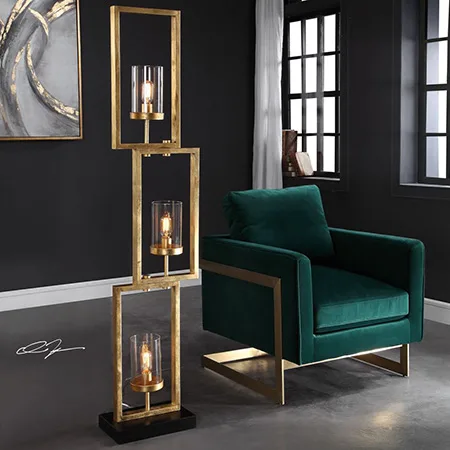
In regards to colors, it’s all about lots of high-contrast combos— bold, deep, and moody, colors balanced by softer nudes. Art Deco color palettes often contain neutrals such as lots of gold, black, gray, white, silver, and variations of brown. Bolder colors often include red, green, blue, or yellow. When bolder colors are used, they are typically muted and used sparingly.
To get the look: An Art Deco interior rocks the dramatic colors and painting the walls in a dark color is the perfect place to start. However, if all dark walls leave you feeling nervous, consider painting just one or two accent walls in your living room a deep hue. Or, opt for covering them in a deco-style wallpaper or fabric. If you’d rather not touch the walls at all, hang some floor-to-ceiling draperies or scatter a few richly colored throw pillows around the space to get some color in there.
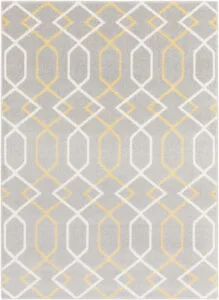
Perfecting with the Right Textures and Patterns
Most surfaces are sleek and lacking texture. Fabric is either solid or of geometric print.
Cushions are sometimes covered in fabrics that contrast with the rest of the body to add boldness.
To get the look: Focus on flooring! Get creative by mixing tiles to create a dramatic pattern.
Visit us at CUTTING CORNERS, to check out the latest designer upholstery fabrics available at amazing prices. We have a wide variety of fabrics, lighting, and accessories that will help you bring an Art Deco vision to fruition!

